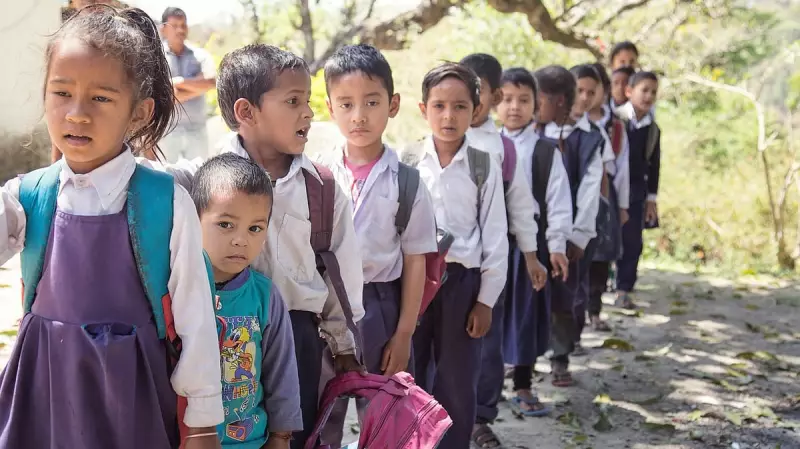
Education authorities in Dakshina Kannada have identified three children who were not attending school, marking a significant finding in the district's ongoing efforts to ensure universal education access.
Current Status of Identified Children
According to the latest reports, two of the three identified children have successfully returned to the education system. District education officials are continuing their efforts to reintegrate the third child into formal schooling. The identification process is part of the district's comprehensive drive to track and support children who have dropped out or never enrolled in school.
Broader Educational Landscape in Dakshina Kannada
The situation highlights the complex challenges facing the education sector in the region. Recent data reveals a concerning picture of school sizes across the district. A total of 116 schools have between 11 and 20 students, indicating the prevalence of small educational institutions that may face resource challenges.
Furthermore, 118 schools in the district operate with between 21 and 30 students. These numbers suggest that many educational institutions in Dakshina Kannada are functioning with relatively small student populations, potentially affecting their resource allocation and educational offerings.
In stark contrast to the majority of smaller schools, only one school in the entire district has more than 1,000 students. This significant disparity in school sizes underscores the varied educational infrastructure across Dakshina Kannada and the different challenges faced by institutions at both ends of the spectrum.
Ongoing Efforts and Implications
The identification of three out-of-school children, despite the district's extensive network of educational institutions, demonstrates the persistent nature of school dropout issues. Education department officials have intensified their monitoring and intervention strategies to address such cases promptly.
The successful return of two children to the education system reflects the effectiveness of these intervention measures. However, the ongoing efforts to bring the third child back to school indicate that some cases require more sustained engagement and specialized approaches.
This situation in Dakshina Kannada serves as a microcosm of the broader challenges facing India's education system, where ensuring universal access and retention remains a critical goal despite significant progress in school infrastructure development.





